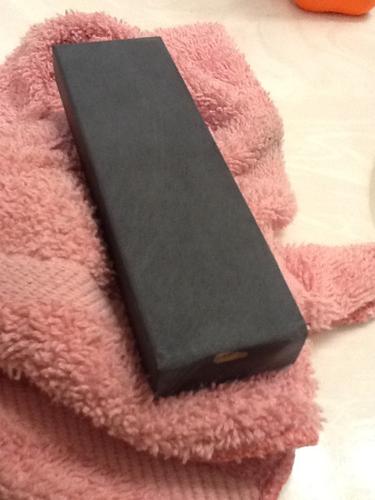Results 11 to 20 of 43
Threaded View
-
01-27-2013, 05:52 AM #1
 How do you test an unknown natural stone?
How do you test an unknown natural stone?
Got this stone on eBay. Would like to know how some of you go about testing an unknown stone. I think it's a Turingian. I thought of finishing a razor to an 8k, then try the stone and test to see if it improves. Just curious to see what other people do. Thanks in advanced, Double O

-
The Following User Says Thank You to Double0757 For This Useful Post:
TomBrooklyn (10-22-2013)


 28Likes
28Likes LinkBack URL
LinkBack URL About LinkBacks
About LinkBacks






 Reply With Quote
Reply With Quote